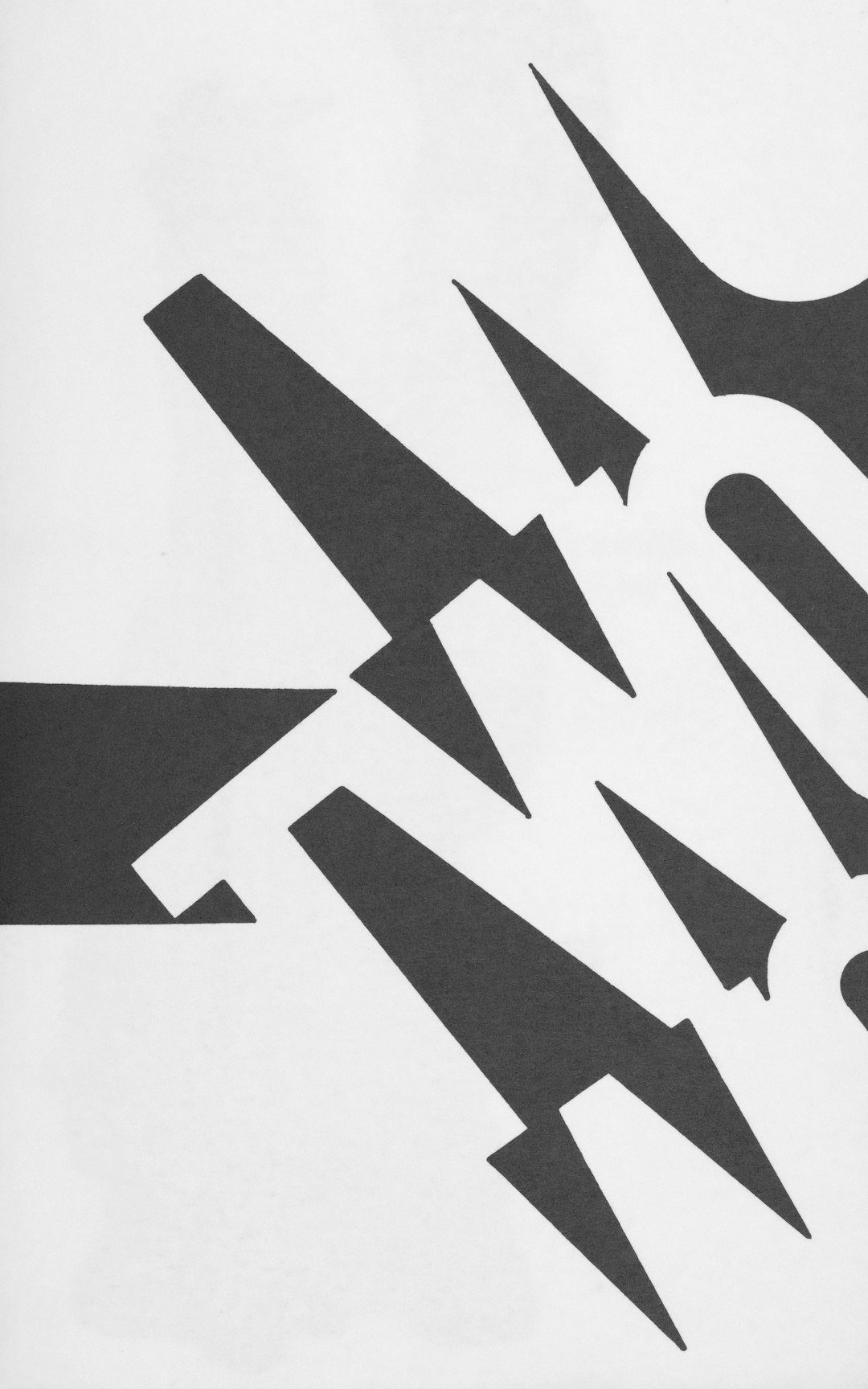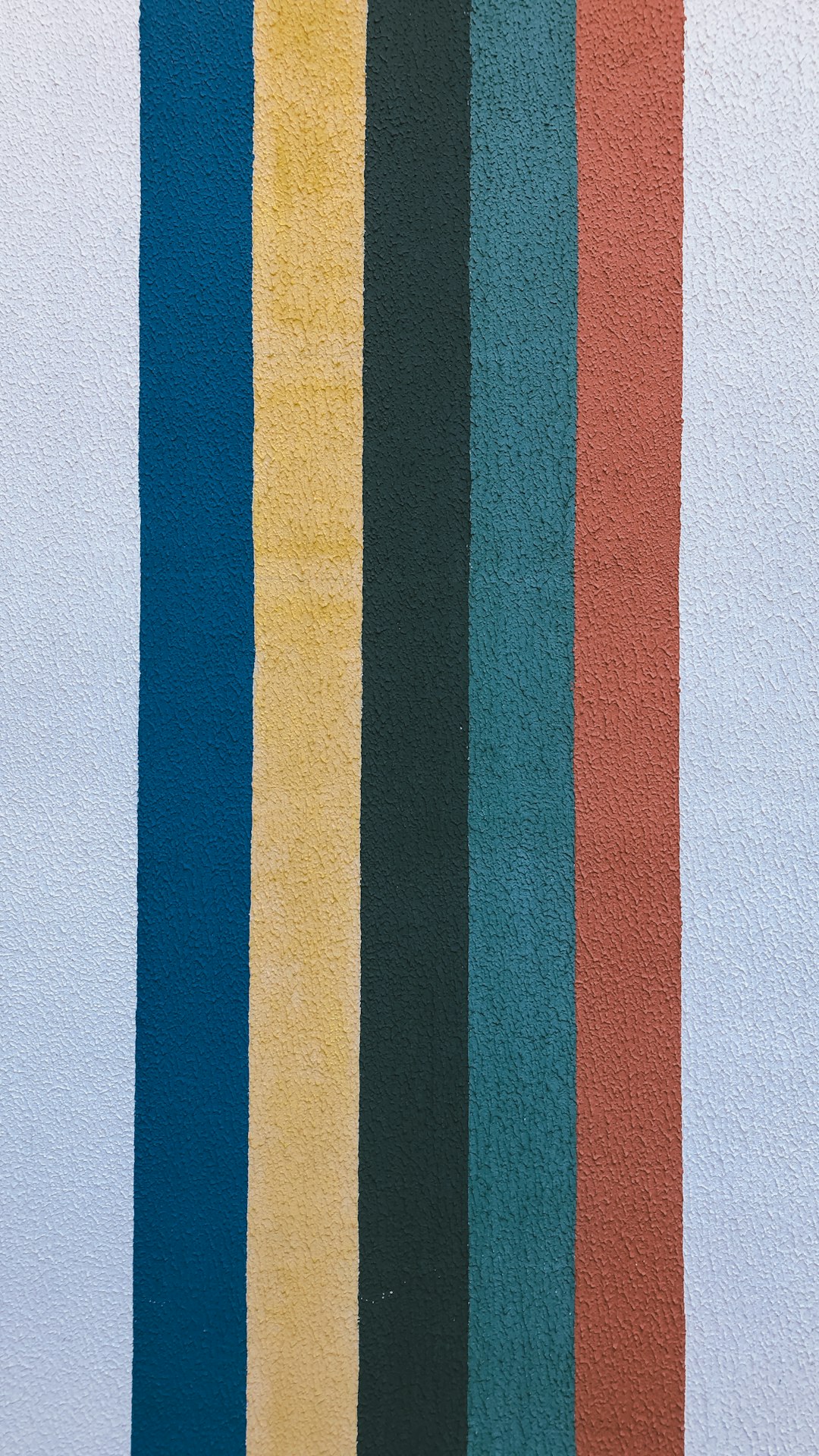Designing a logo that works well in digital formats is one thing—designing one that prints cleanly and looks professional on low-cost flyers is another challenge entirely. Whether you’re promoting a small business, a local event, or a grassroots campaign, chances are you’ll be distributing flyers printed with budget-friendly materials and equipment. In those cases, your logo needs to hold up to the limitations of cheap ink, basic paper quality, and even amateur-level printing setups.
TLDR: Creating a logo that prints well on inexpensive flyers means focusing on simplicity, bold lines, limited colors, and high contrast. Avoid intricate details, gradients, and small fonts that can blur or disappear. When in doubt, test print your design on a regular printer before committing to a full run. Use vector graphics and stay under four colors to maintain consistency and print clarity.
Understanding the Challenges of Low-Cost Printing
Low-cost flyers typically rely on affordable paper—sometimes as thin as 70 gsm—and budget-grade ink or toner. This combination introduces several print challenges:
- Ink bleeding, which can blur fine details.
- Color limitations, reducing the accuracy or vibrancy of your design.
- Inconsistent alignment, especially on home or office printers.
- Texture and absorbency of paper, affecting how colors appear.
This means that a logo that looks incredible on a website may become muddy, pixelated, or overly dark when transferred to a cheaply printed flyer. To prevent that and ensure the logo maintains clarity and essence, special consideration must be given during the design process.
1. Simplify the Design
Logo design for low-cost printing should embrace simplicity. Complex gradients, shadows, or over-detailed illustrations can vanish or appear distorted:
- Use bold, clean shapes: Thick lines and simple geometry are more legible in print.
- Stay away from intricate detail: Fine elements are hard to reproduce without professional printers.
- Use large and legible typography: Small, delicate fonts may blur or become unreadable.

2. Opt for High-Contrast Color Schemes
Flyers produced with budget printing often lack precision when reproducing subtle hues or gradients. Therefore, high-contrast color schemes work best:
- Black and white works wonders: Not only is it cheap, but it guarantees legibility.
- Use 1–2 strong accent colors: Limiting your palette reduces printing costs and inconsistencies.
- Avoid light-on-light combinations: Colors like yellow on white can disappear entirely.
Test your logo on both a color and a black-and-white printer. If it’s still distinguishable in grayscale, it’s print-ready.
3. Design in Vector Format
Vector files (.AI, .EPS, .SVG) are scalable without losing clarity or resolution, which is crucial for printing at different sizes. Raster files like .JPG or .PNG lose quality when resized, potentially making your logo blurry or pixelated during printing.
Important: Always submit a vector file of your logo to printing services. If you’re importing your logo into a flyer design software, make sure it maintains vector integrity or exports at a very high DPI (300+).
4. Limit the Number of Colors
Full-color CMYK printing can be expensive and inaccurate on cheap printers. To make your logo print well, stick to a minimal color palette:
- Use no more than 3–4 colors: This keeps print costs low and increases accuracy.
- Choose colors with strong contrast: Think black, navy, dark red, or forest green with white backgrounds.

5. Avoid Fine Gradients and Transparency
Gradients may look modern and dynamic on screen, but they often print poorly without advanced equipment. Cheap printers struggle with smooth transitions between shades, often producing blotchy effects or banding.
Transparency is another issue; many low-cost printers won’t properly handle overlapping translucent objects—leading to odd color shifts or phantom shapes. Stick to solid fills and avoid effects like drop shadows unless you’ve tested them thoroughly on the target printer.
6. Consider Monochrome and Duotone Alternatives
If your logo is originally full-color, consider creating a derivative version for print. Many companies maintain different versions: full-color for digital, and monochrome for printing. This preserves brand identity while adapting to the medium.
Monochrome logos use a single color (usually black) on a white background, while duotone employs two complementary colors with high contrast. These techniques lower printing costs and increase clarity.
7. Mind the Scale
Since flyers are small (typically A5 or A6), logos must resize without losing detail. Avoid components that fade when scaled down.
Tips:
- Test your logo at 1 inch in width: If it’s still legible, it’s ready for a flyer.
- Use hierarchy: Make sure your core icon or text remains dominant even at small sizes.
8. Print Test Before Finalizing
No matter how perfected a design is on screen, printing it on the intended paper is the final test. Home printers can simulate low-cost outputs well—use them to test basic alignment, color contrast, and readability.
Adjust based on what you see:
- Are lines thick enough?
- Do colors represent your brand?
- Is the logo clearly visible at small sizes?
A test print might reveal issues that aren’t obvious in digital formats.
9. Favor Horizontal or Stacked Formats
Many flyer layouts make better use of horizontal or square logos rather than tall vertical ones. If your logo is long vertically, create an alternate layout for confined print spaces. You might need:
- A stacked logo with the icon above the company name
- A horizontal version that fits better in banner-style headings
This can improve visual balance and prevent printing at awkward crop ratios.
10. Choose Readable Fonts
Typography plays a big role in logo clarity. Decorative or script fonts may look elegant online but translate poorly in print.
- Use sans-serif fonts: These are clean and legible at small sizes.
- Avoid hairline strokes: Thin parts of a letterform may disappear during printing.
Conclusion
Designing a logo that prints well on low-cost flyers isn’t merely about aesthetics—it’s about strategic visual decisions that work within real-world limitations. Simplicity, clarity, contrast, and adaptability are your allies. By thinking ahead and prioritizing function in tandem with form, even budget-printed materials can bear a logo that communicates professionalism and brand strength.
FAQs
Q: Can I use a full-color logo on a low-cost flyer?
A: Technically yes, but it’s not recommended. Full-color printing on cheap flyers can lead to distortions and increased costs. Instead, convert your logo into a monochrome or duotone version for better results.
Q: Is it okay to use gradients or transparency in my logo?
A: Avoid them. Cheap printers handle gradients and transparency poorly. Stick to solid fields of color for consistency and clarity.
Q: What file type should I use for printing?
A: Always use a vector file like .SVG, .EPS, or .AI for printing. These formats maintain quality regardless of size and are ideal for offset or digital printing.
Q: How can I check if my logo is legible when printed?
A: Print a test copy using a home printer. Scale the logo down to its actual flyer size and check for blurred edges, hard-to-read text, or faded colors.
Q: Should I design multiple versions of my logo?
A: Yes. Have a primary logo



